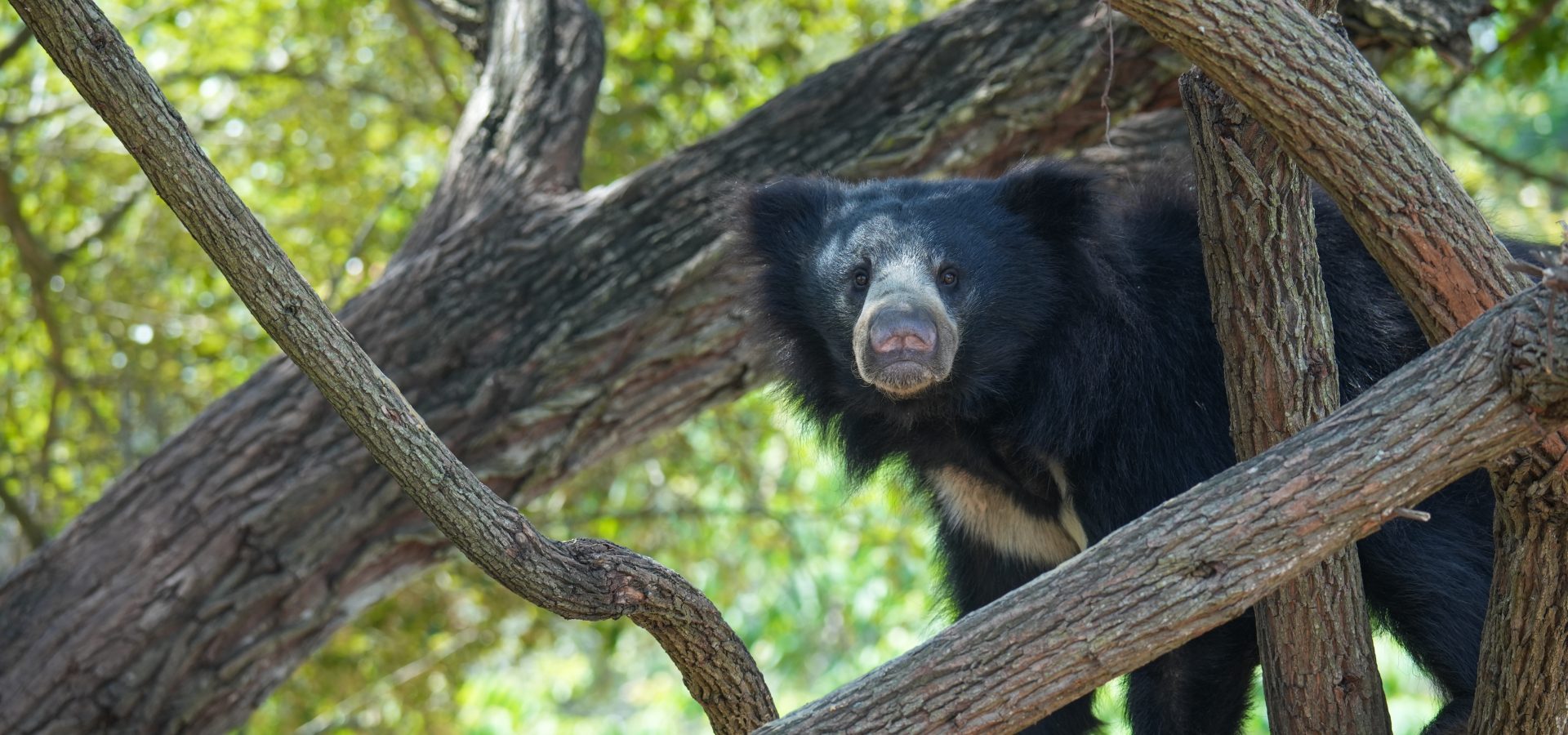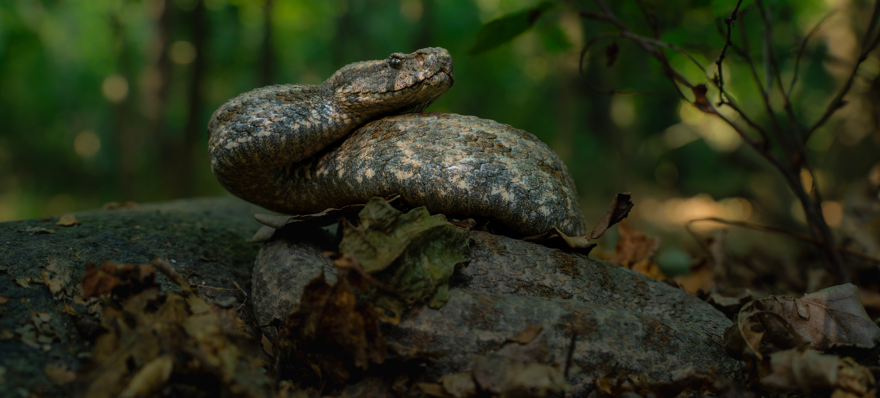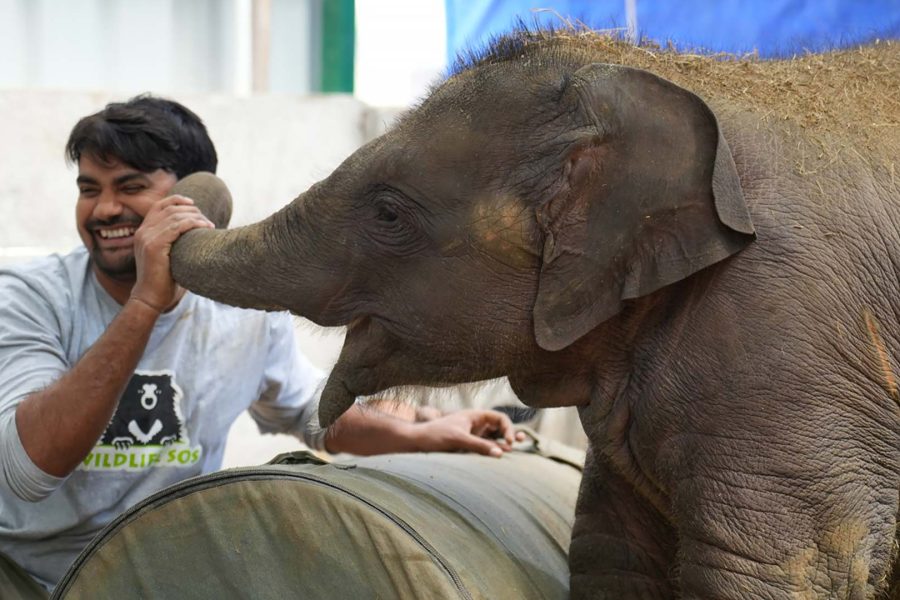In the wild every creature — from the largest of mammals to the tiniest of bugs — leaves its mark. One of their markings has helped many researchers understand animal species in the wild from a respectable distance. Can you take a wild (!) guess on what we are talking about? It’s their scat! Yes, you read that right, animal faeces, often overlooked and dismissed as repulsive, hold a treasure trove of information that can unravel the secrets of the wild.
Scat, also called droppings, poop, dung, scat, pellet, faeces, and excreta, has helped scientists in more ways than one. Essential knowledge about animal diet, population dynamics, health assessment, and even genetic components have been collated after conducting animal scat analysis. Read on to find out more!
How is Scat Analysis Performed?
The technique of scat analysis is preferred by researchers all across the globe for an array of species. What makes this technique distinct is that it is a non-invasive method, which means that minute details can be uncovered from scat without disrupting or manipulating an animal’s behaviour. The procedure involves collecting samples from stools left behind by animals in the wild.
Elusive and endangered animals like the Indian pangolin or hangul are tough to study in their natural habitat, and hence scat, along with other marks, become vital tools. Experts are able to analyse those species inhabiting the remotest and most inaccessible terrains. Scat analysis involves careful examination of the shape, size, colour, consistency, and even odour of the faecal matter.
Clues can also be found in materials consumed by the animal, such as claws, hair feathers, seeds, scales, and bones. In laboratories, one can extract intricate details like genetic components or DNA present in the scat. An animal’s faeces can unveil the specie’s unexplored characteristics, shedding light on the life they live in the wild.
So if you come across faecal droppings on your next nature walk, remember that they are crucial components of a quest, waiting to be decoded!
What does Scat Analysis Tell about an Animal?
The gastrointestinal tract of a living being is paramount in maintaining their health condition. Besides disclosing the presence of an animal, scat analysis can provide valuable insights into their daily routine. Here are some key pieces of information that one can learn by studying an animal’s faeces:
- Diet: Scat analysis unveils the entire menu of predators like big cats to herbivores like ungulates. One can identify the undigested food items consumed by an animal including bones, fur, feathers, seeds, or plant matter.
- Health: As a detection tool, scat analysis reveals parasites, pathogens, and diseases that may be present in an animal’s faeces. Monitoring the prevalence of diseases helps evaluate their overall health and thus plan the subsequent treatment measures.
- Identifying individuals and populations: Scat holds genetic secrets. Scientists can extract DNA from stools to identify how individual animals are related to each other, and how different species are connected. Genetic analysis from scat can estimate animal populations and even assess their breeding patterns accurately.
- Habitat and distribution: Investigating scat can help map out a species’ habitat preferences, migration routes, and spatial distribution.
- Ecological importance: Scat provides insights into an animal’s ecological role. It helps interpret the energy flow in the ecosystem and ascertains the animal’s position in the food chain and the food web. For instance, studying faeces has conveyed that elephants are seed dispersers and snakes control the population of smaller animals.
- Territory and behaviour: Scat can help understand an animal’s territory and behavioural adaptations. Interestingly, some animals, like leopards, prefer to conceal their scat to avoid attracting predators or any conflict.
Studying Brown Bears in Kashmir
In 2021, the Wildlife SOS team conducted a research study on Himalayan brown bears in the landscape of Jammu and Kashmir. It joined forces with the Wildlife Protection Department to conduct a comprehensive assessment of the distribution, abundance, habitat, and movement patterns of brown bears. By examining scat, footprints, and feeding signs, the team gathered valuable evidence about these elusive animals.
One aspect that captivated the team’s attention was the feeding behaviour and seasonal variations in the bears’ diet. To delve deeper into this subject, the team turned to scat analysis. Carefully collecting and preparing the scat samples, they employed microscopic techniques to identify the food items consumed by the brown bears.
The fascinating findings revealed that the brown bears had a varied diet, consisting primarily of vegetative materials and fleshy fruits, with only a minimal portion comprising animal matter. However, a staggering discovery was made in the study: 75% of brown bears’ diet was derived from scavenging garbage. This significant portion primarily consisted of plastic carry bags, milk powder, and even chocolate wrappers that were disposed of in the waste!
This important review helped the team gain a deeper understanding of the dietary preferences and the challenges faced by brown bears in Jammu and Kashmir.
Insight into Sloth Bear Health
Non-intrusive methods like scat analysis have, time and again, proved successful in gathering in-depth details about animals. Our teams at the Wildlife SOS sloth bear centres, the Agra Bear Rescue Facility (ABRF) and the Bannerghatta Bear Rescue Centre (BBRC) utilise the approach as well. Groundbreaking research spanning over two decades involved the meticulous examination of faecal samples from nearly 400 rescued sloth bears. These disclosed various health issues, including gastrointestinal parasites, hepatitis, tuberculosis, diarrhoea, and allergies.
The findings not only highlighted their gastrointestinal health but also provided valuable insights into their dietary preferences. The bears consumed a delightful assortment of watermelons, coconuts, carrots, gourds, and an interesting discovery of date palm and Indian jujube seeds. Armed with the knowledge of scat findings, the dedicated Wildlife SOS team made significant improvements in the bears’ diet, aiming to enhance their nutrient absorption and overall well-being. They introduced boiled vegetables and fruits that were carefully mashed into their meals.
In addition to these efforts, the research team also recently ventured into the forests of Karnataka to conduct a pioneering study on wild sloth bears. The project’s primary objective is to radio-collar the bears, and subsequently monitor their ecology and behaviour. Laying emphasis on non-invasive methods, the team seeks to understand the bears’ preferred diet without disrupting their behaviour.
Through extensive studies like scat analysis, Wildlife SOS continues to make significant strides in understanding the wildlife of India. Please consider supporting our ongoing research projects by donating to us. You can stay updated with more interesting information by subscribing to our newsletter.





